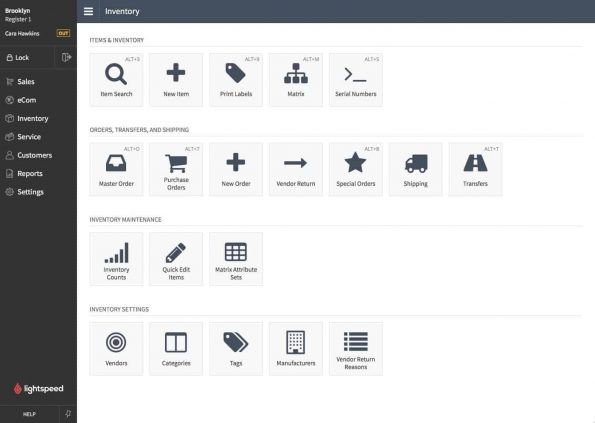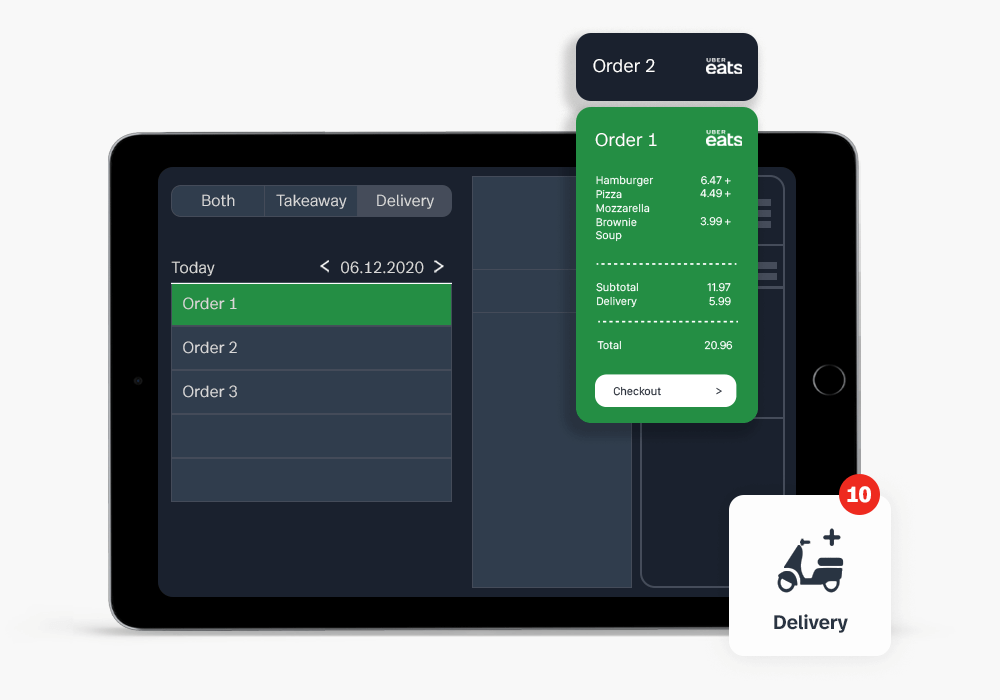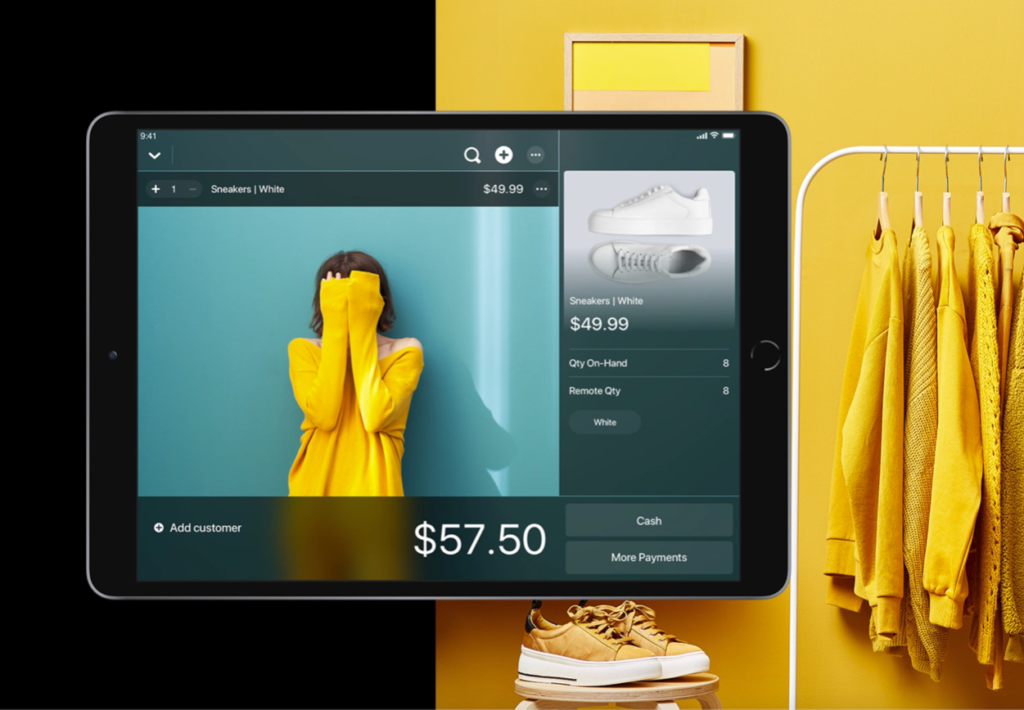

- LIGHTSPEED RESTAURANT INVENTORY EXPORT HOW TO
- LIGHTSPEED RESTAURANT INVENTORY EXPORT UPDATE
- LIGHTSPEED RESTAURANT INVENTORY EXPORT DOWNLOAD

If you make 5 loaves at once, you'll use five times the amount of flour, or 2500g. If you have 3 bags of flour in stock, your inventory level will be reduced to 2.95 every time you make a single loaf. When you use 500 grams of flour to prepare the bread, the flour's stock level will diminish by 500/10,000, which is 0.05.

Some stock levels are represented by a decimal. The total cost of the item's combined inventory ( Cost price x Quantity). Quantity will also adjust accordingly when recipes are made, adding quantity to finished products and removing ingredients. This value automatically updates when items are sold, purchase orders are received, or when stock counts are completed.
LIGHTSPEED RESTAURANT INVENTORY EXPORT UPDATE
Receiving purchase orders does not automatically update the cost price. Note: This is set from the Back Office via Menu management > Items. Name of the item as entered in the Back Office.
LIGHTSPEED RESTAURANT INVENTORY EXPORT DOWNLOAD
(Optional) Click Export to CSV to download a spreadsheet file that can be opened with your preferred spreadsheet program.(Optional) Find specific items using the Search field, or filter items by accounting group using the available drop-down.Click once for ascending order or twice for descending. (Optional) Sort the table by Item name, Cost price, Quantity, or Total cost by clicking the column header.From the navigation menu, select Stock management > Stock levels.Log in to the Inventory module with your Lightspeed credentials.These rules are designed to avoid duplicate names, prevent formatting errors and ensure consistency between your Retail and eCom brands.The Stock levels page provides a table overview of your inventory, including cost price, quantity on hand, total cost, and the total stock value of all inventory combined. Leading and trailing whitespace in a brand name are removed.If Lightspeed already exists, LIGHTSPEED or lightspeed can't be added). When adding a brand, Retail does a case insensitive search of the name to avoid duplicates (e.g.UTF-8 characters are supported (click here for a list).

Brand names must contain a maximum of 255 characters.When you create brands in your Retail account, they are pushed to your eCom store. When creating a brand in Retail, the following rules apply when entering a name: If a merchant wishes to show a strike through price for a variant, they can enter an old price in eCom. When connected to Retail, the product variant's price can only be modified in Retail.If the Online pricing level is $0, the Default pricing level is used. If an Online pricing level is specified for a product, then this specified pricing level is used instead of the Default pricing level.The pricing level used by eCom is the Default pricing level rather than the pricing level associated with the Retail store being used for eCom.
LIGHTSPEED RESTAURANT INVENTORY EXPORT HOW TO
If you are not familiar with how to create items in Retail, refer to the following Retail help articles: NOTE: Sales transactions from eCom, however, are pushed back to Retail and inventory levels are adjusted accordingly. This is because omnichannel pushes new product data in one direction only, from Retail to eCom. Once integrated, product creation is performed in Retail only. The following item properties are not uploaded to eCom. (ONLY in the event that the UPC field for the item in Lightspeed Retail is blank.) The following product information is transferred to eCom. What is and isn't transferred to eCom from Retail This topic highlights what is and isn't transferred to your eCom store (inventory) from Lightspeed Retail, and also some considerations you'll need to take into account before installing Lightspeed eCom.


 0 kommentar(er)
0 kommentar(er)
